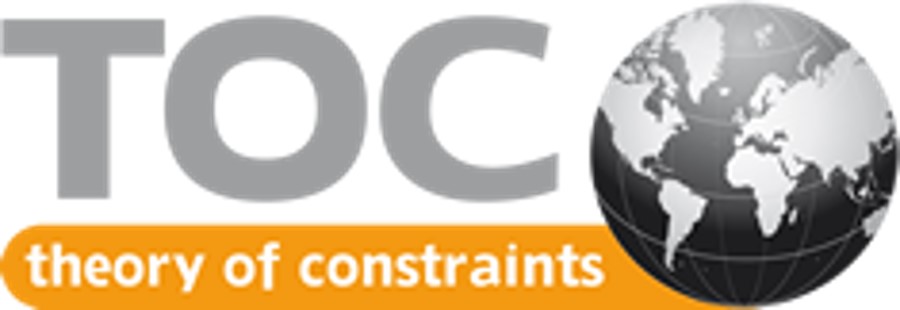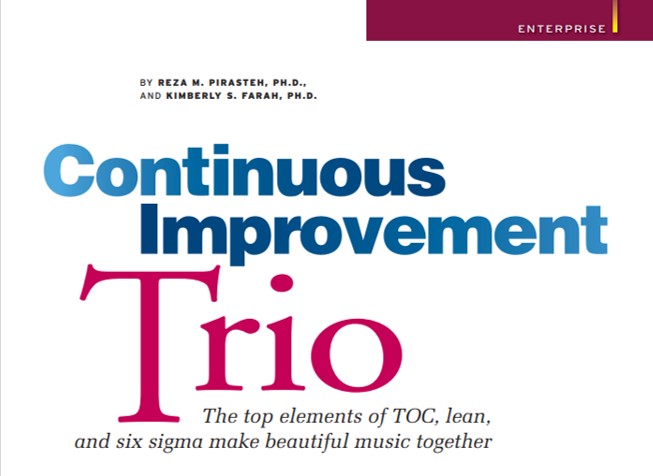'Hands-on Help for SMEs' and Smart Technical People'
Theory of Constraints
Engineers Guide to Removing
Bottlenecks in SMEs
Clear Explanation and Application, Ideal for Small Manufacturers and Engineering Consultants
The Theory of Constraints is a management approach that focusing on making improvements by tackling the bottlenecks - or constraints - that stop manufacturing operations happening efficiently.
Our Theory of Constraints Engineers Guide to removing bottlenecks in manufacturing SMEs, illustrated and described below, was pioneered by Dr. Eliyahu Goldratt in his book The Goal.
Theory of Constraints, or TOC, describes manufacturing as being made up of a series of processes or linked activities. Constraints / bottlenecks within those processes are the barrier to improved operations. TOC prioritises and systematically removes these restrictions using a focused set of steps and techniques.
TOC can be integrated with lean, particularly using lean tools and techniques to identify the constraints. The short clips and slide shows provide a convenient Theory of Constraints Engineers guide, with follow-up information and links for more in-depth application detail and case studies.
Theory of Constraints : An introduction, courtesy of Vector Consulting Group
Theory of Constraints by SME, Manufacturing Insights
Theory of Constraints Job Shop Scheduling, courtesy of Velocity Scheduling Systems
Theory of Constraints in Production, by Marris Consulting
DBR - Drum Buffer Rope in Theory of Constraints, courtesy of Quality Gurus
The TOC Institute helps businesses strive for the impossible with Dr Eli Goldratt's Theory of Constraints by:
- Equipping leaders to achieve breakthroughs in their day-to-day performance
- Advocating TOC as the preferred way of managing organisations
- Being highly engaging, easy to understand and straightforward to implement
The TOC Institute offers implementation programs that blend state-of-the-art training, coaching and advisory services to inspire decisive action and boost your bottom-line, significantly.
One of the most comprehensive studies on TOC implementation was undertaken by Professors Victoria Mabin and Steven Balderston. The survey included documented implementation case studies and results from over 300 publications and 30 books. The findings of the survey showed mean improvements achieved with TOC implementations as...
- Lead-Times: Mean Reduction 69%
- Cycle-Times: Mean Reduction 66%
- Due-Date-Performance: Mean Improvement 60%
- Inventory Levels: Mean Reduction 50%
- Revenue / Throughput: Mean Increase 68% (outlier exclusive)
- Combined Financial Variable: Mean Increase 82%
More...
Theory of Constraints Engineers
Theory of Constraints Goldratt Official Site
- Products
- Self Learning
- Implementing
- TOC Offers
- More...
Next... Embedding Lean Culture: Getting the Best out of Your People
Back to Lean Manufacturing Essentials
Lean Tools - Best Thing Since Sliced Bread?... Or Hugely Overated? What do You Think?...
What is your experience when applying Lean Manufacturing Tools in the workplace? Which ones have you tried and had success with?
Alternatively, which just didn't work, especially in the long term? - Share your story... and get a FREE copy of our report 'Helping You and Your Manufacturing Business Thrive'...
PS: Feel free to name-drop your firm! There's nothing wrong with a bit of free publicity!














